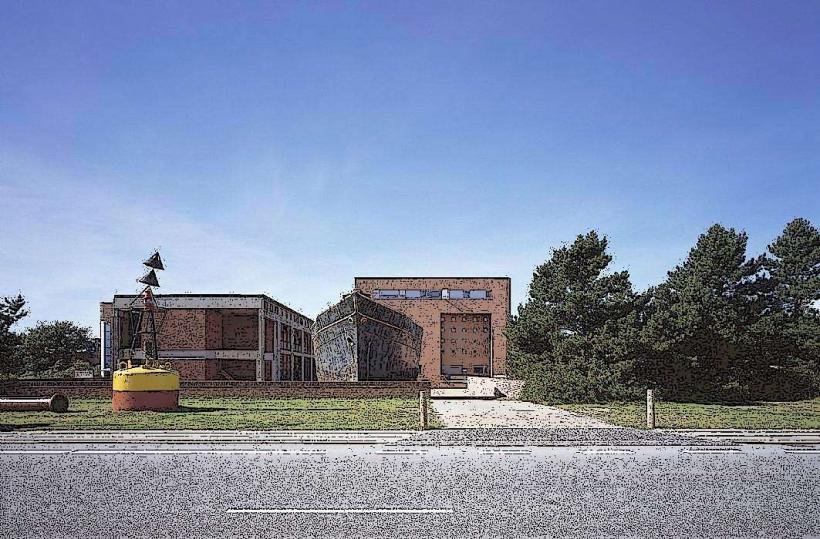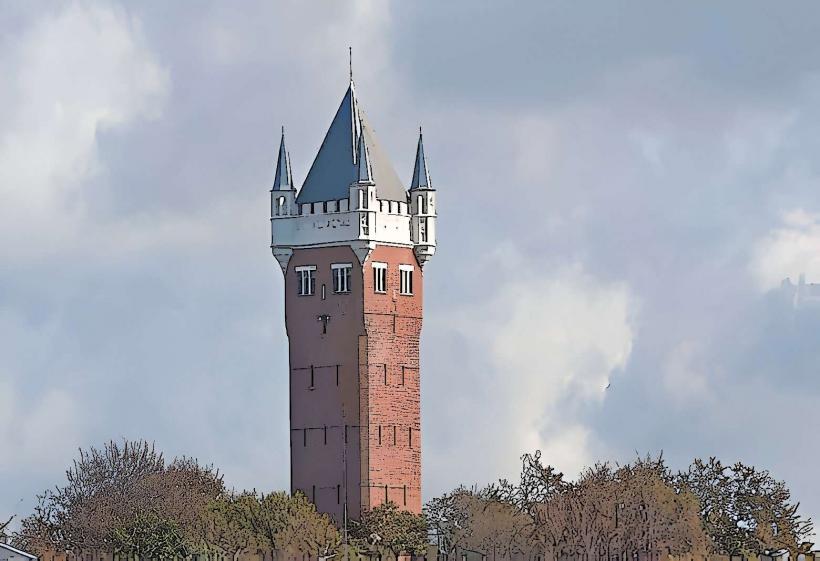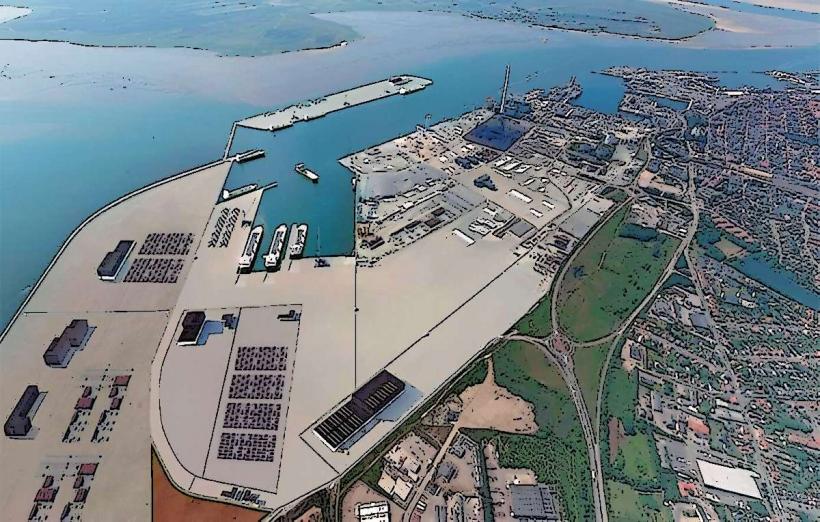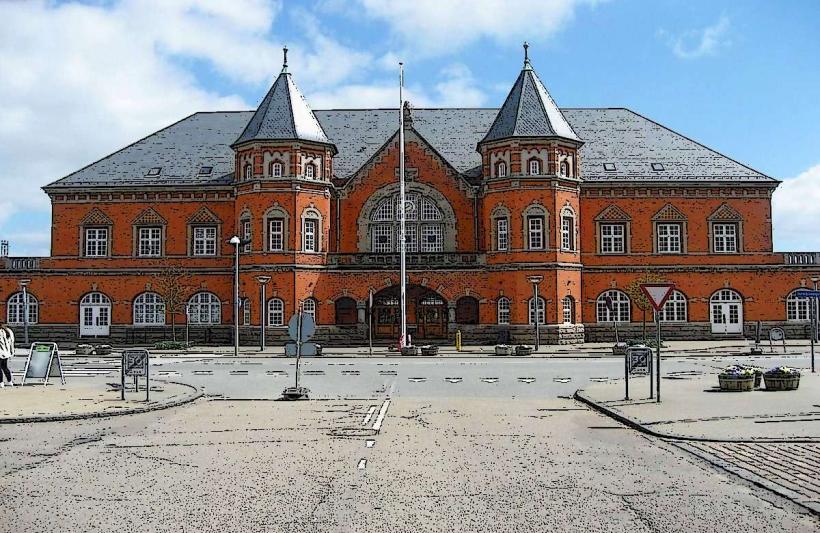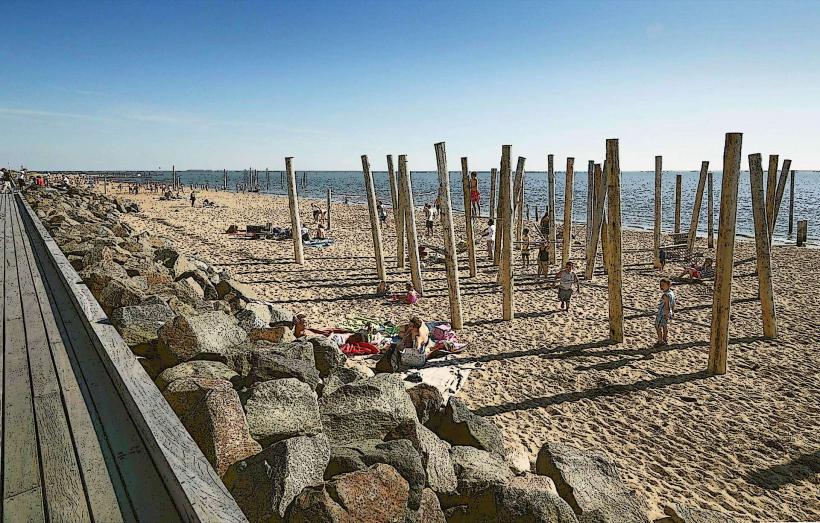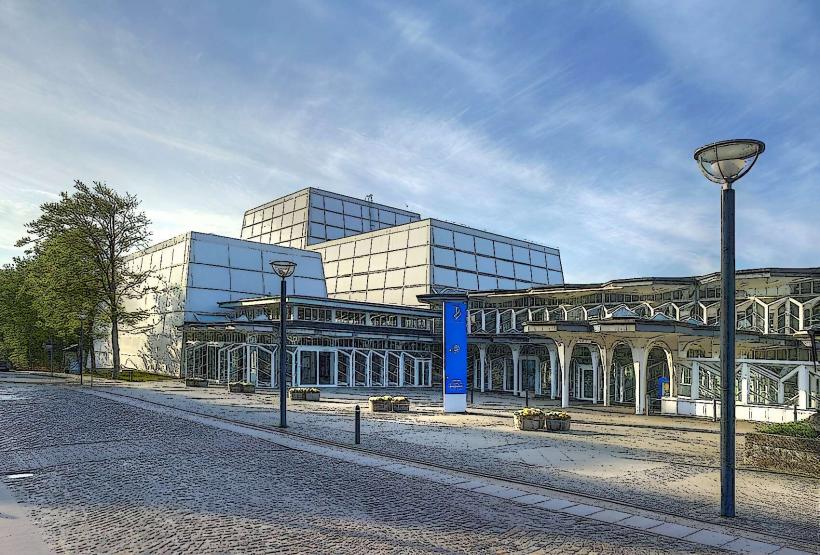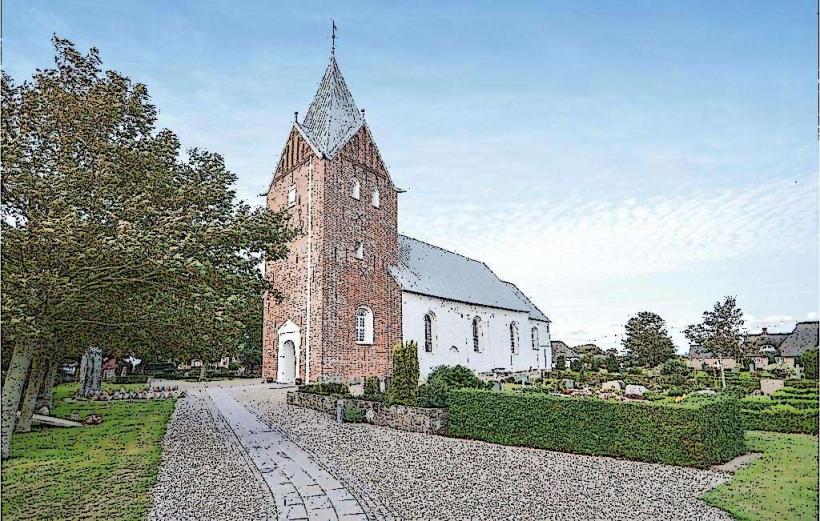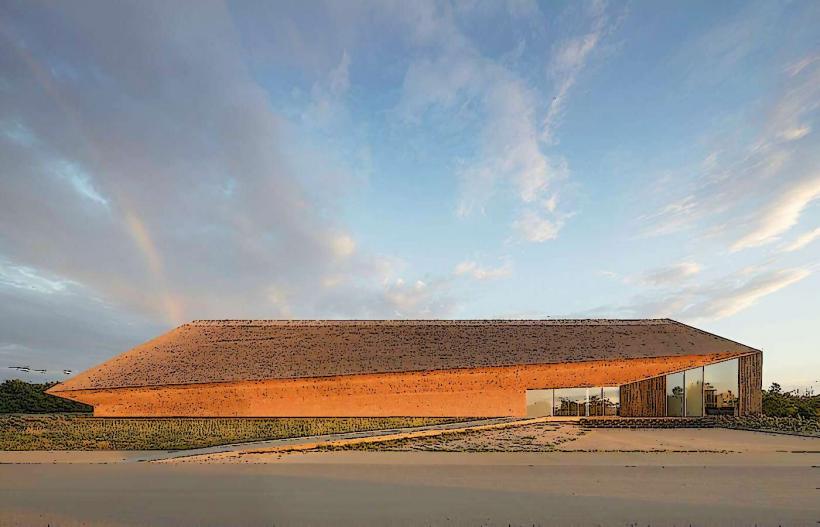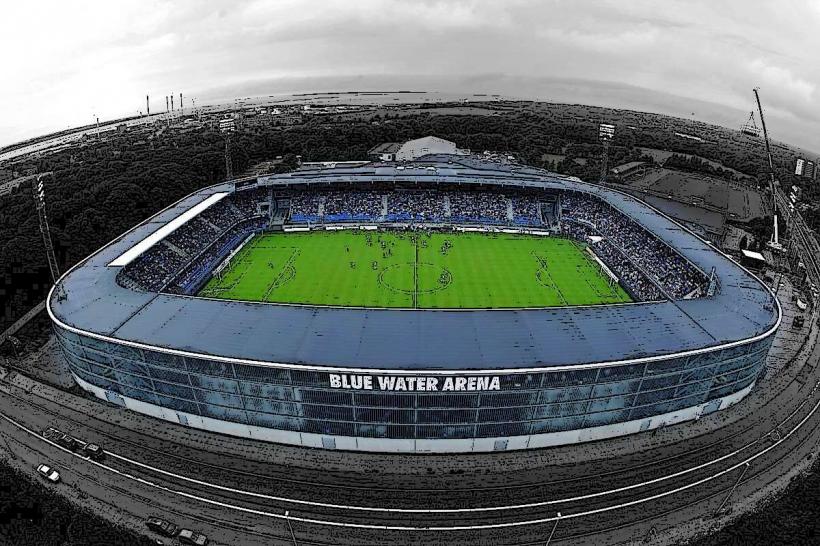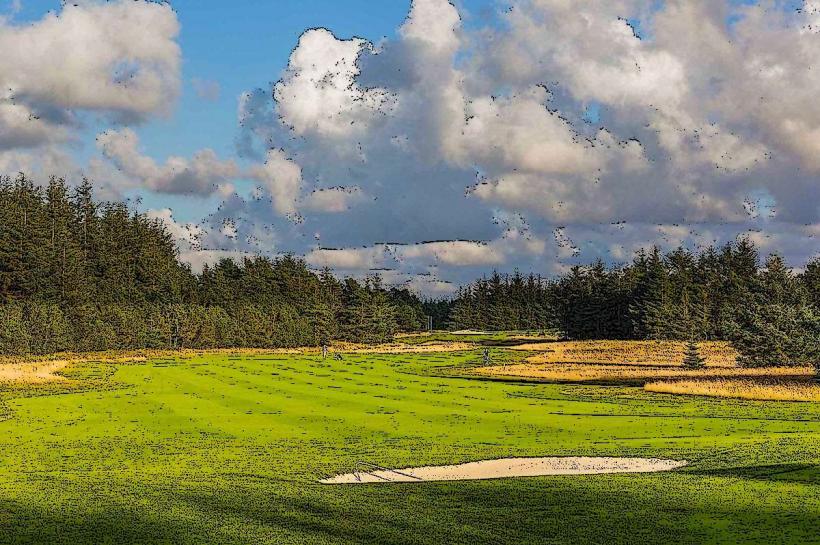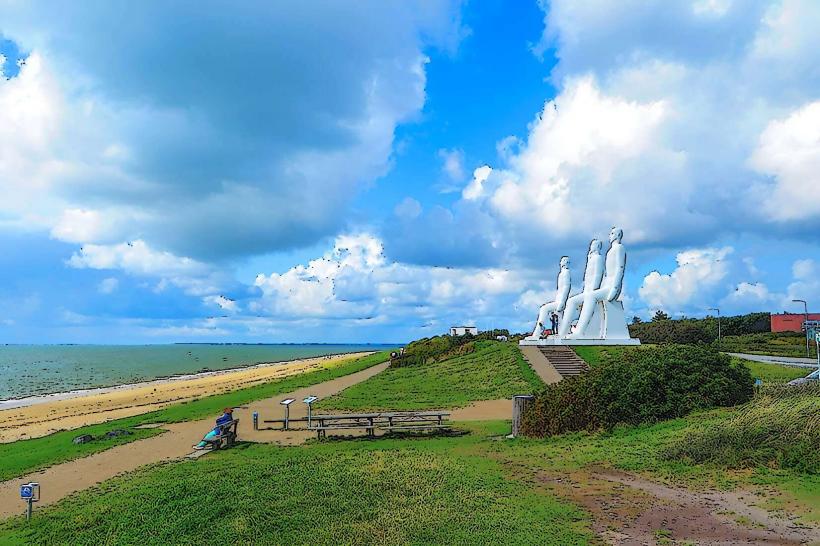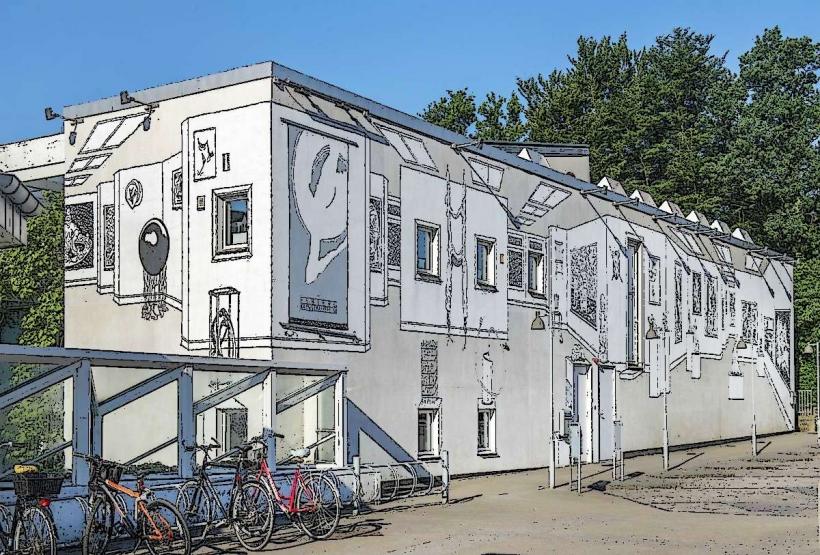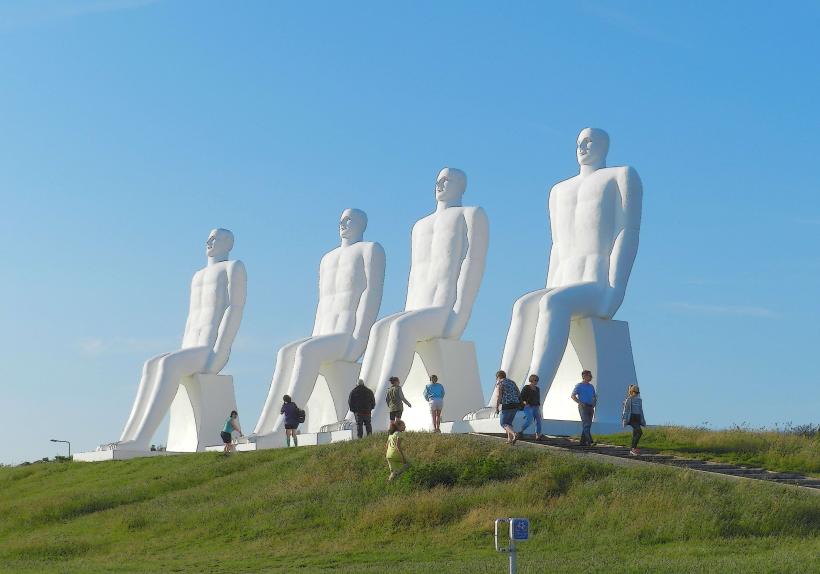Information
Landmark: Esbjerg City HallCity: Esbjerg
Country: Denmark
Continent: Europe
Esbjerg City Hall (Esbjerg Rådhus) is an important civic building and architectural landmark in the city of Esbjerg, Denmark. As the seat of the local government, it serves as the center for administrative functions and plays a key role in the civic life of the city. Known for its striking modernist architecture, the building reflects the growth and development of Esbjerg during the 20th century. Here’s a detailed look at Esbjerg City Hall:
Key Features of Esbjerg City Hall
History and Background:
- Esbjerg City Hall was completed in 1957, during a period of significant growth and modernization in Esbjerg. The city had seen rapid development in the late 19th and early 20th centuries due to the expansion of its port and its growing importance as a hub for trade and industry.
- The construction of the City Hall was part of a broader effort to modernize the city’s infrastructure and civic institutions, making it a symbol of Esbjerg’s ambitions as a thriving urban center.
Architectural Design:
- The design of Esbjerg City Hall is in the modernist style, reflecting the mid-20th century trends in architecture. It was created by the Danish architect Otto von Spreckelsen, who was also responsible for other notable buildings in Denmark, such as the Mormor Church in Copenhagen.
- The building’s design is characterized by its clean lines, geometric shapes, and functional structure, which prioritize simplicity and utility. The use of glass and concrete gives it a sleek, contemporary appearance, making it stand out against older buildings in Esbjerg.
- One of the key features of the City Hall is its tall, angular tower, which is a central visual element and provides a striking contrast to the more horizontal form of the building. The tower gives the structure a sense of verticality and dominance, making it one of Esbjerg’s defining architectural features.
- The facade of the building is adorned with large windows, allowing natural light to flood the interior, which creates an airy and welcoming atmosphere.
Functionality and Use:
- As the administrative center of Esbjerg, the City Hall houses the offices of the local municipal government, including the mayor and other key officials. It serves as the focal point for civic activities, and its role is vital in the governance of the city.
- The City Hall is home to various meeting rooms, offices, and public spaces, all designed to accommodate the needs of local government and public service. It is also where city council meetings take place and where various public events and community activities are held.
- The City Hall Square (Rådhuspladsen), located just outside the building, serves as a public space for gatherings, festivals, and celebrations, often becoming a focal point for the community.
Interior Design:
- The interior of the City Hall reflects the modernist style, with an emphasis on functionality and open spaces. The use of clean lines, minimalist design, and light-filled spaces creates a bright and professional environment.
- The central hallway and atrium are notable for their spaciousness and the abundance of natural light, with large windows offering views of the surrounding city. The furniture and decor maintain a simple, modern aesthetic, allowing the architecture to take center stage.
- The council chamber is an important space within the City Hall, where local government decisions are made. The room is designed for formal meetings and features a large, well-appointed table and seating for officials.
City Hall Tower:
- The City Hall is particularly known for its tower, which stands tall and can be seen from various points in the city. The tower not only serves as an architectural landmark but also houses a public observation deck. Visitors can enjoy a panoramic view of Esbjerg and the surrounding landscape, including the port, the North Sea, and the city’s other landmarks.
- The tower’s design is simple yet striking, with clean lines and an angular shape that emphasizes its modernist character. The structure is a focal point in Esbjerg’s skyline.
Public Access and Civic Engagement:
- Esbjerg City Hall is open to the public, and visitors can access certain areas of the building, such as the lobby, public service areas, and observation deck. It is a place where residents can engage with their local government and learn about civic affairs.
- The City Hall also serves as a venue for public events, exhibitions, and community programs. The hall and its surrounding spaces host cultural and civic events, such as exhibitions by local artists, public meetings, and festive gatherings.
Cultural and Symbolic Role:
- Esbjerg City Hall is more than just an administrative building; it is a symbol of the city’s identity and progress. The modernist design reflects Esbjerg’s development during the mid-20th century, and the building’s central role in the life of the city makes it a landmark for both residents and visitors.
- The City Hall is also a place where significant civic milestones are marked, including citizenship ceremonies, local elections, and other important civic activities that reinforce the city’s community spirit.
Renovations and Updates:
- Over the years, Esbjerg City Hall has undergone several renovations and updates to maintain its functionality and improve accessibility. These renovations have included updates to the building’s technical systems, such as heating, ventilation, and lighting, as well as improvements to make the building more energy-efficient and sustainable.
- The City Hall has maintained its modernist aesthetic while adapting to contemporary needs, ensuring it remains a vital part of the city's urban landscape.
Conclusion
Esbjerg City Hall is a striking example of modernist architecture, combining functionality and aesthetic appeal. With its angular tower, clean lines, and minimalist design, it stands as a symbol of Esbjerg’s growth and development during the mid-20th century. As the heart of local government, it plays an essential role in the civic life of the city, hosting public events, administrative functions, and offering panoramic views of the city from its observation deck. Whether you’re a local resident or a visitor to Esbjerg, a trip to the City Hall offers a glimpse into the city’s architectural and civic identity.

